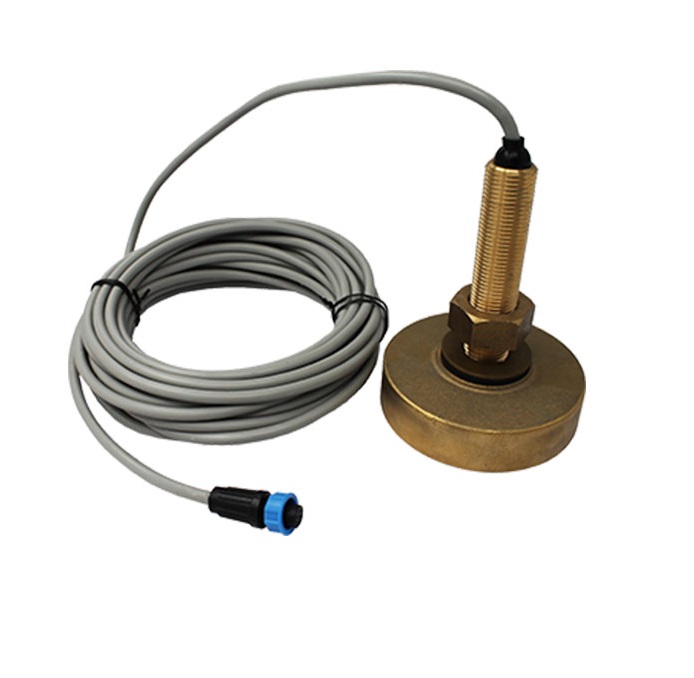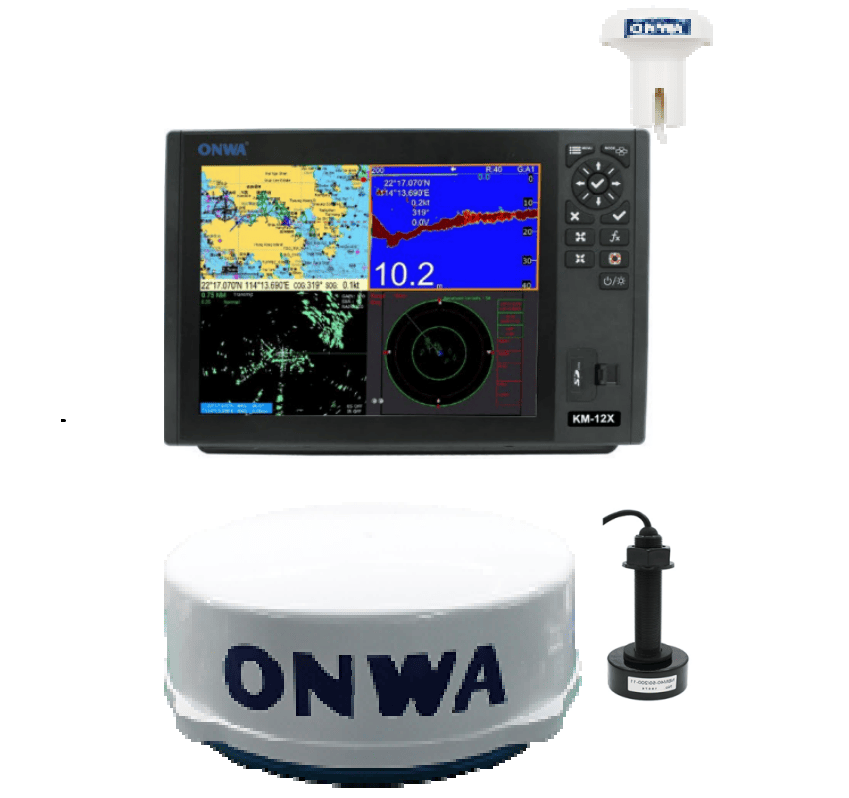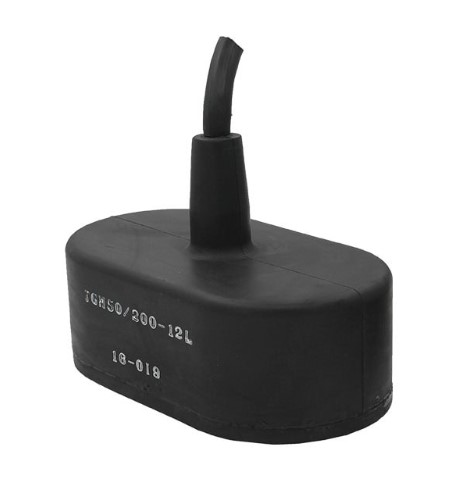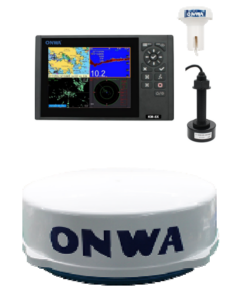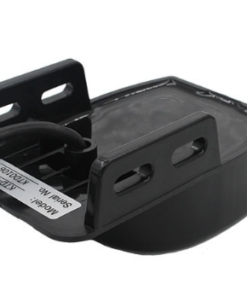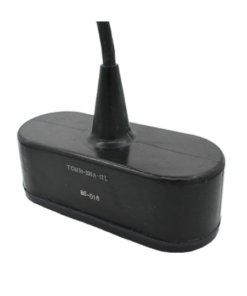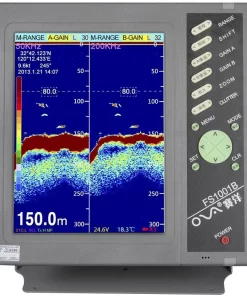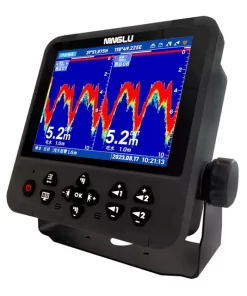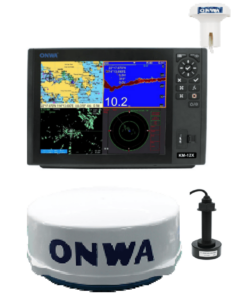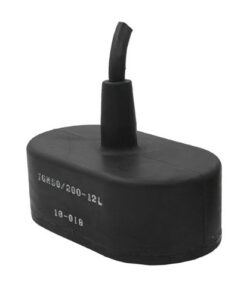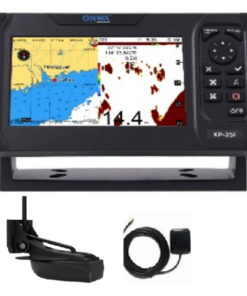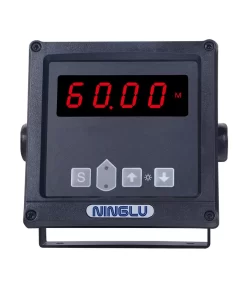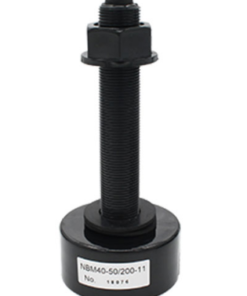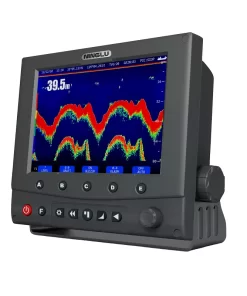The Onwa Marine TMM40-50/200X-T is a 1KW dual-frequency transducer that provides accurate depth and temperature readings for enhanced navigation and fishing. This transducer operates on two frequencies, allowing for detailed seafloor mapping and precise fish target identification at varying depths. Designed for integration with fishfinders and chartplotters, it offers essential data for safe and efficient maritime operations. Its durable, marine-grade construction ensures long-lasting performance in harsh marine environments, making it an ideal choice for both commercial and recreational vessels.
The Onwa Marine TMM40-50/200X-T is a powerful dual-frequency, 1KW transducer designed to improve marine navigation and fishing experiences by delivering accurate depth and temperature data. This high-quality transducer is particularly suited for commercial and recreational vessels, enhancing safety and efficiency in various marine environments. By investing in reliable equipment like the Onwa TMM40-50/200X-T, mariners can navigate more confidently, locate fish precisely, and better understand underwater topography.
Key Features of the Onwa Marine TMM40-50/200X-T Transducer
- Dual-Frequency Operation: Operating at two frequencies, 50kHz and 200kHz, the TMM40-50/200X-T allows for both shallow and deep-water scanning. This feature provides detailed seafloor mapping and precise fish identification at various depths, making it ideal for fishing, research, and navigation.
- High Power Output: With a powerful 1KW output, the transducer provides clear, reliable data even in challenging marine environments. It enables mariners to detect the seafloor and underwater objects at impressive depths, which is especially valuable in commercial fishing and maritime navigation.
- Accurate Depth and Temperature Readings: The TMM40-50/200X-T offers precise temperature and depth measurements, crucial for mariners to understand their surroundings. Whether fishing or navigating, accurate environmental readings help inform decisions for a safer journey.
- Compatibility with Fishfinders and Chartplotters: This transducer integrates seamlessly with various fishfinders and chartplotters, making it a versatile choice for mariners who require reliable equipment for navigation and fishing.
- Durable Marine-Grade Construction: Built to withstand harsh marine conditions, the TMM40-50/200X-T has a durable, marine-grade design that ensures long-lasting performance. It resists corrosion, temperature extremes, and wear, making it an ideal choice for frequent use in challenging maritime environments.
- Ideal for Commercial and Recreational Vessels: This transducer meets the needs of both commercial and recreational users. Its dual-frequency capability and robust design make it suitable for a wide range of marine activities, from professional fishing operations to leisure navigation.
-
1. Sentence Length
- Break down longer sentences into two or more shorter sentences. Each sentence should ideally focus on a single thought or piece of information.
- Aim to keep most sentences under 20 words. Shorter sentences are not only easier to read but also allow readers to follow your message more effortlessly.
- Use bullet points or numbered lists if there’s a list of items in a sentence.
Example:
- Original: “Our company provides a range of high-quality services designed to meet the diverse needs of our customers in multiple industries, ensuring that we not only meet but exceed expectations.”
- Improved: “Our company provides high-quality services tailored to diverse customer needs. We serve multiple industries and always aim to exceed expectations.”
2. Word Simplicity
- Use simpler alternatives for complex or technical words unless absolutely necessary. Shorter, more common words help improve the Flesch Reading Ease score.
- Avoid jargon or industry-specific terms when simpler terms are available, unless they’re crucial for your target audience.
- Use active voice where possible, as it’s generally more direct and easier to understand.
Example:
- Original: “We specialize in the optimization of business processes to facilitate the seamless integration of modern technology solutions.”
- Improved: “We specialize in improving business processes to make it easier to adopt modern technology.”
3. Transition Words
- Transition words (e.g., however, therefore, for example, additionally, in contrast, etc.) guide readers through your content, making it smoother and more cohesive.
- Aim to use transitions in at least 30% of your sentences to help connect ideas and improve flow.
- You can add these words at the start of new sentences or before a contrasting idea within the same sentence.
Examples of Transition Word Usage:
- “In addition to our core services, we offer consulting to help businesses achieve their technology goals.”
- “However, this approach may not suit every company.”
- “For example, many businesses find that our technology solutions save them time and money.”


